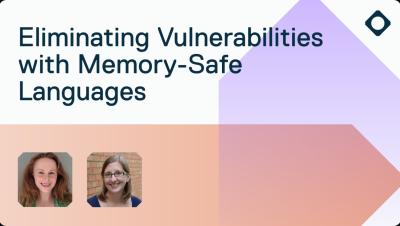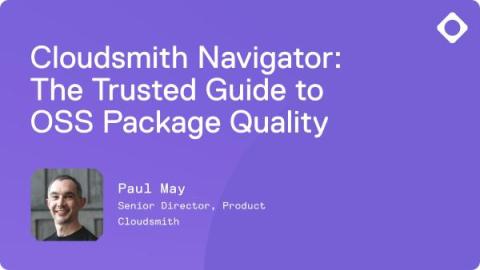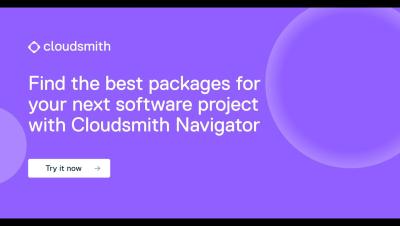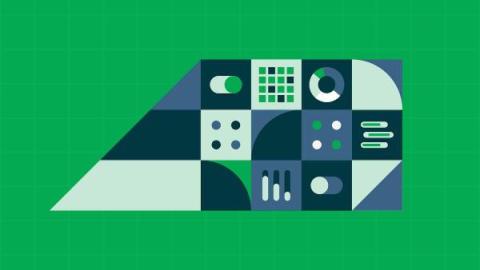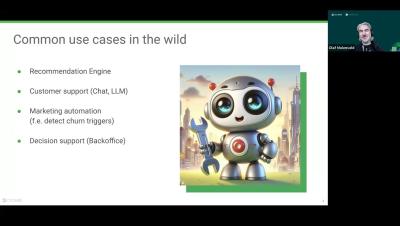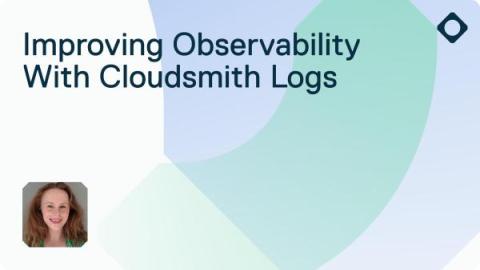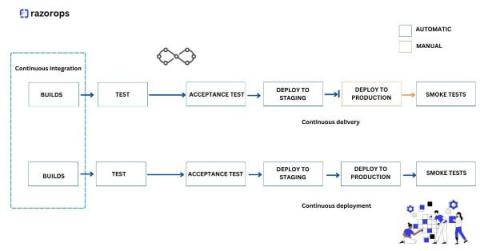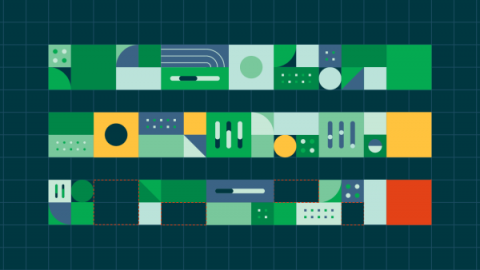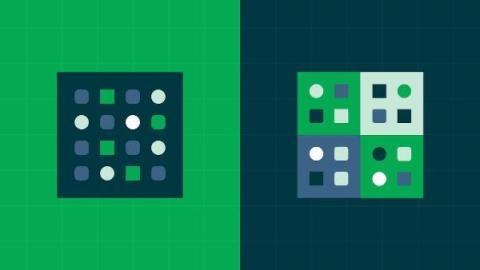Progressive Delivery for Stateful Services Using Argo Rollouts
Progressive delivery is an advanced deployment method that allows you to gradually shift production traffic to a new version with zero downtime. Argo Rollouts is a Kubernetes controller that enables you to perform progressive deployments such as blue/green and canaries on your Kubernetes cluster. At Codefresh, we love Argo Rollouts and have covered several use cases so far such as smoke tests, metrics, config-maps and even performing deployments for multiple microservices.



